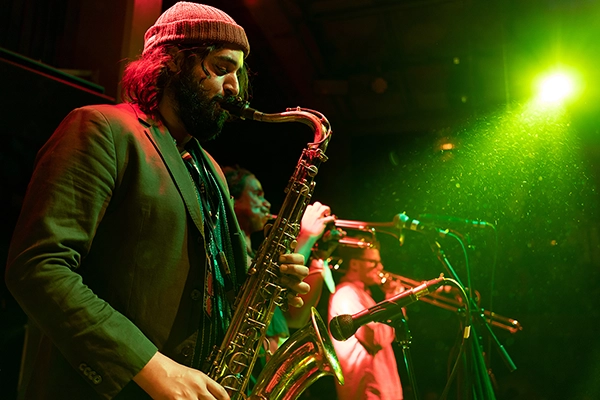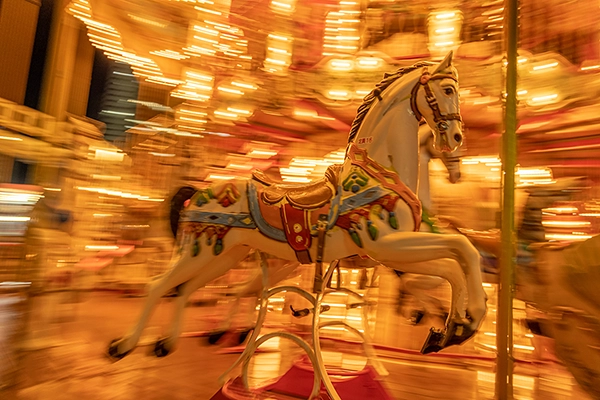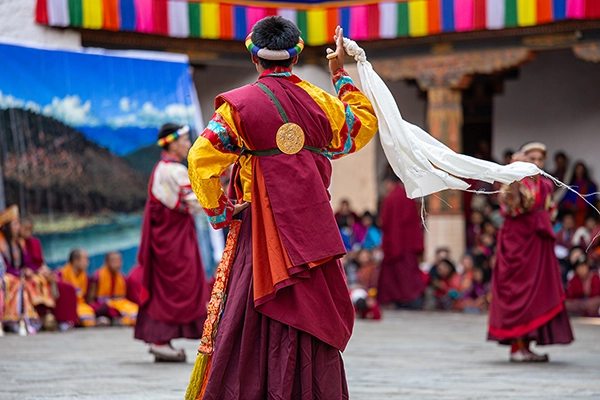4 Lens Tips for Photographing Concerts and Festivals
Share the article:
More Photo Tips | Video Gallery | Photo Gallery | Enewsletter sign-up
Concerts and festivals are vibrant, pulsating events where the energy of live music and crowds come together to create unforgettable moments. Capturing these moments through photography presents unique challenges, especially when dealing with low light conditions and fast-moving subjects.
This blog will explore several essential tips for photographing these dynamic environments using concert photography lenses designed to handle just such challenges. We will focus mainly on zoom lenses, given their versatility, but we’ll also touch on the benefits of prime lenses.
1. Choosing the Right Lens
For photographers eager to capture the electric atmosphere of concerts and festivals, selecting a lens with fast autofocus and a wide aperture is paramount. Zoom lenses are particularly advantageous for concert photography, offering the flexibility to frame shots from various distances without changing lenses. Lenses like the Tamron 28-75mm F2.8 G2 or the 35-150mm F2-2.8, for example, provide a fast aperture to effectively handle low-light conditions and allow for both close-ups of intense expressions and wider shots of the entire stage.
Zoom lenses provide the essential versatility required to adapt quickly in dynamic environments such as concerts, where artist movements and lighting conditions can change in an instant. These lenses allow photographers to swiftly alter their compositions, capturing diverse aspects of the performance from wide stage shots to close-up artist expressions. By enabling rapid focal length adjustments, zoom lenses ensure that photographers can capture high-quality, compelling images even amidst the energetic atmosphere of a concert, without missing a beat.

© Ricky Shoebio
Click image to view larger
2. Selecting Settings for Sharp Images
When photographing concerts, where lighting conditions can fluctuate dramatically, the mastery of camera settings becomes essential for capturing sharp, clear images. In such environments, a higher ISO setting is often advantageous, as it increases the camera's sensitivity to light, allowing for better exposure in darker scenarios. Elevating the ISO also heightens the risk of introducing noise into the images, which can degrade their quality. Therefore, it's crucial to find a balance. For instance, while a moderately high ISO can help capture more detail in low-light conditions, it should be paired with an appropriate shutter speed to mitigate the risk of image noise and ensure clarity.

© Itsuka Yakumo
Click image to view larger
The choice of aperture also plays a pivotal role in managing light and depth of field in concert photography. A wider aperture, characterized by a lower f-number, permits more light to reach the camera sensor, making it particularly useful in dimly lit settings often found during concerts. This setting helps reduce reliance on high ISO levels, thus minimizing potential noise and affecting field depth.
A wider aperture also results in a shallower depth of field, which can be used creatively to focus sharply on the subject while softly blurring the background. This effect can be particularly striking in capturing the dynamism and emotion of live performances, adding an artistic touch to concert photos. Adjusting these settings swiftly and efficiently in response to changing lights and action is key to securing impactful and vivid images in the challenging environment of concert photography.
3. Understanding the Benefit of Prime Lenses
It’s important to acknowledge the unique advantages of prime lenses in concert photography. Prime lenses often offer wider apertures than zoom lenses, allowing more light to enter, which is ideal for extremely low-light conditions often found at concerts. This feature can be particularly useful for capturing crisp, clear images without relying heavily on artificial lighting or flash, which can disrupt the ambiance or the audience’s experience.
Despite a wide aperture, prime lenses lack the flexibility of zoom lenses. They require photographers to physically move to change their composition rather than simply adjusting the zoom. In the fast-paced environment of a concert or festival, where space and movement can be limited, zoom lenses generally provide a more practical solution by offering a range of focal lengths at your fingertips. This makes them more suited for adapting quickly to the dynamic changes in scene and action that characterize live music events.
4. Capturing the Atmosphere
The goal of concert photography is to photograph the artists while capturing the essence of the atmosphere. The crowd’s energy, the play of lights, and the overall vibe are all integral parts of the concert experience. Effective use of a zoom lens can help frame these elements creatively, making each photograph tell a story of the event.
Using a zoom lens effectively plays a crucial role in this type of photography. It allows photographers to vary their perspective and framing, enabling them to isolate specific elements within a busy scene or to encompass a wider view that includes both the performers and the audience. For example, zooming in might capture a detailed expression of emotion on a musician's face during a key moment of performance, reflecting the intensity of the live experience. Alternatively, zooming out to include the expanse of the crowd waving hands or interacting with the performance can convey the collective energy and response of the audience, illustrating the scale and excitement of the event.
Each photograph becomes more than just a visual record; it's a snapshot that encapsulates a fragment of the concert story. The choice of framing, focus, and timing are all instrumental in how effectively these stories are told, making the photographs more than a collection of images, but instead a vivid portrayal of a dynamic, multisensory event. This approach transforms concert photography into a powerful medium for relaying the immersive experience of the concert, beyond the immediate spectacle of the stage.
By following these tips and choosing the right concert photography lens, you can dramatically improve your concert and festival images. Not only will you be able to capture detailed, vibrant shots even in challenging conditions, but you'll also enjoy the creative freedom that comes with using a versatile, high-quality zoom lens equipped with features like fast autofocus and image stabilization.

© Daisuke Fujimura
Click image to view larger
With the right Tamron lens, photographing life's most thrilling events is easier and more enjoyable. Whether you're amidst the vibrant energy of a concert or the festive atmosphere of a festival, Tamron lenses equip you with the tools needed to beautifully capture every memorable moment.

© Kenna Klosterman
Click image to view larger
More Photo Tips | Watch Videos | Learn More About Tamron Lenses | Photo Gallery